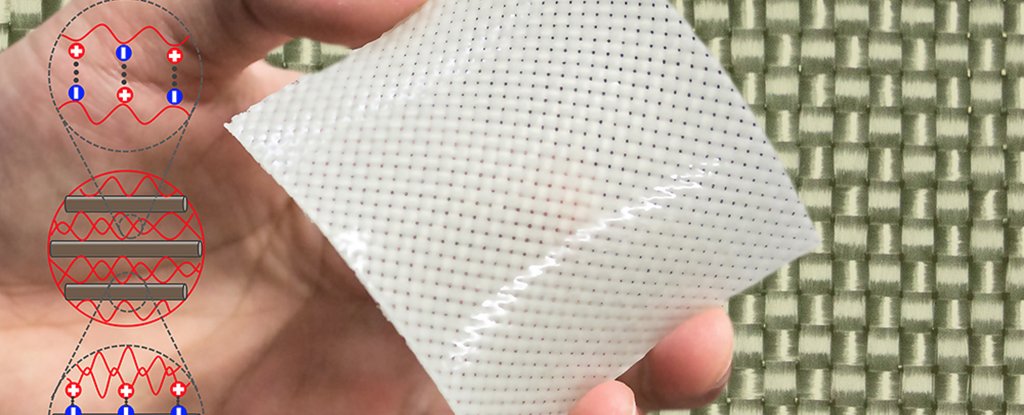In Brief
Jeff Bezos, CEO of Amazon and founder of BlueOrigin, unveiled the world's first manned bipedal robot at the MARS conference this week. The 4-meter-tall (13-foot-tall) robot suit, called Method 2, weighs in at 1.5 tons and could be used to work in areas that are too hazardous for humans to go unprotected.A Supervillain Billionaire? l
One of the world’s billionaires now has built and tested his own gigantic robot suit. No, I’m not talking about the infamous antagonist of the superman series, Lex Luthor. Instead, it’s the well-known CEO of Amazon, founder of BlueOrigin, and owner of the WashingtonPost, Jeff Bezos, who, now that you mention it, might not look too different from Lex Luthor or even Jeff Bridges’ character from Iron Man.

Amazon hosted its invitation-only Machine-Learning, Automation, and Space Exploration (MARS2017) conference this week. This is where Bezos introduced the Method 2. The company CEO gladly stretched his arms wide while sitting the robust machine, having the suit mimic his movements and display its physical prowers to the audience of the highly coveted conference. While other reports are alarmed by Bezo’s acquisition of the robot, his genuinely excited smile assured many of his continued interest in investing in new, beneficial technology.
The Method 2
The 4-meter-tall (13-foot-tall) robot suit, weighing in at 1.5 tons, was created by the South Korean technology firm, Hankook Mirae Technology, that claims the “robot is the world’s first manned bipedal robot and is built to work in extreme hazardous areas where humans cannot go (unprotected).” The comments come from Mirae company chairman, Yang Jin-Ho, who might have to jump a few more hurdles before The Method 2 is fully completed. Reports suggest that the $8.3 million robot might not be able to walk yet, let alone take on demilitarized war zones between North and South Korea.
Pushing aside the technological specifics, if you think the suit looks familiar, that’s because it is. The suit itself was designed by Vitaly Bulgarov, someone recognized for his work on transformers, terminator, robo-cop, and even Boston Dynamics’ bipedal robots.
![The Laws of Robotics [INFOGRAPHIC]](https://futurism.com/wp-content/uploads/2016/07/Laws-of-Robotics-900x600.jpg)
Currently, there are claims that the suits will help clean up and restore Fukushima in response to the 2011 nuclear energy accident. Moreover, others are keen to militarize the concept if the model proves successful and versatile.
Hopefully, they are looking for more test pilots, because it does look like fun
.




